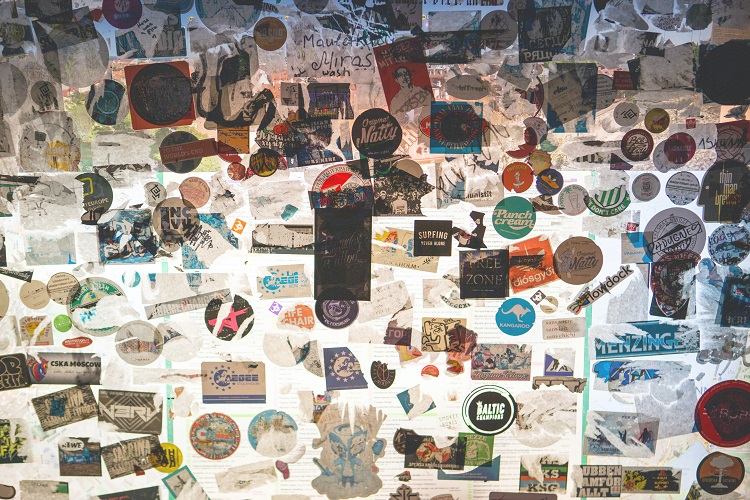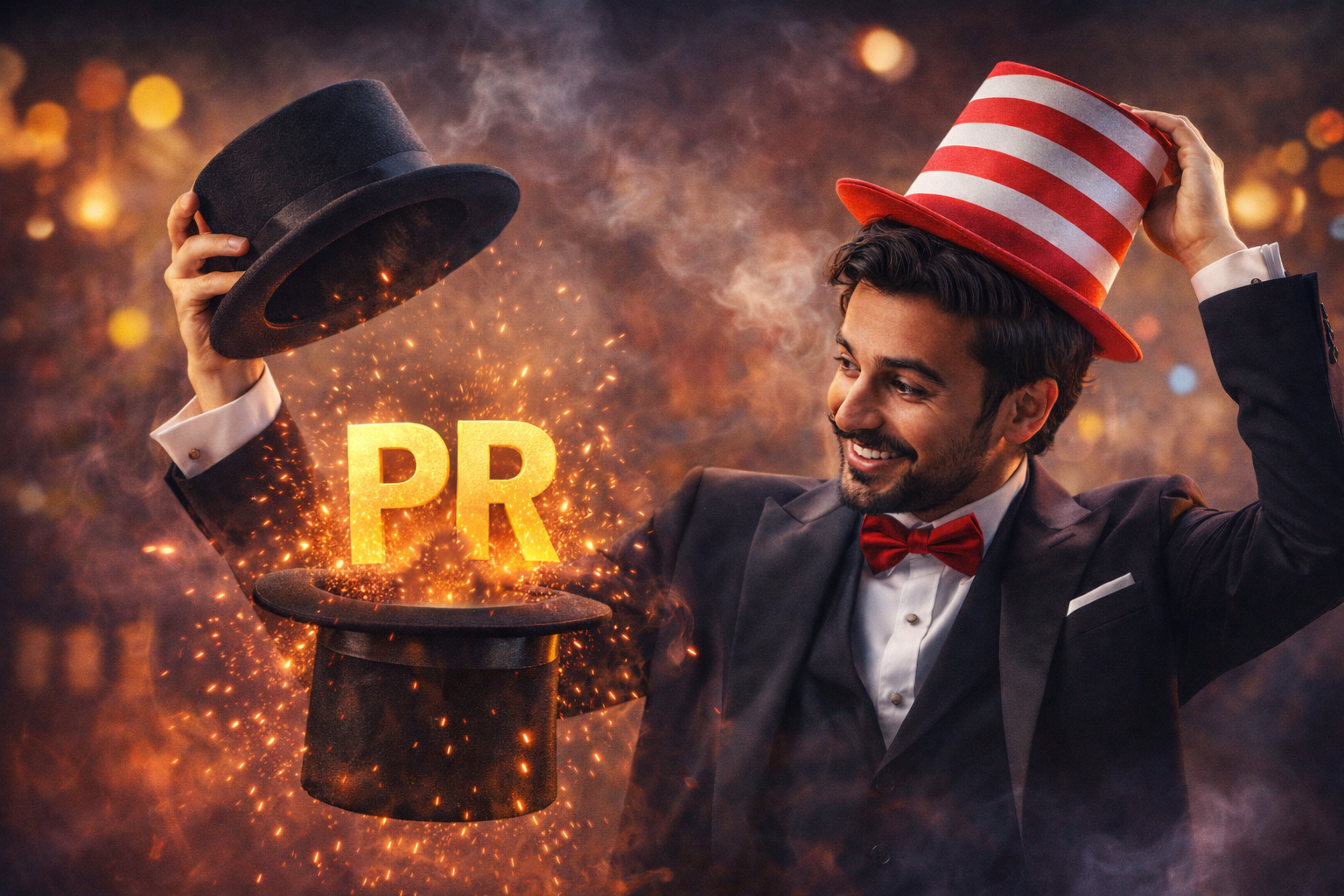A myriad of brands get caught in a crossfire, sometimes warranted, sometimes unwarranted. Some brands’ campaigns trigger dissent in a particular group or community, while others’ logos seem vulgar in the eyes of the beholder.
A case in point is the recent controversy around the Flipkart-backed brand – Myntra’s – logo. To many, the logo represented the ‘M’ from the brand’s name, until NGO activist Naaz Patel said that it resembled female genitalia and deemed it offensive to women. Myntra ended up changing the logo.
Unsurprisingly, Patel’s petition sparked several conversations about when a brand should undergo the trouble to right the wrong of a single individual’s perception.
Speaking about the controversy, Rohit Ohri, group chairman and CEO, FCB India, said, “Views depict so many things. I can make another meaning out of it. But where does this stop? If people take offence, then brands have to stay strong, too. We do not have to give in to the monster and have to ask consumers to back off sometimes.”
However, this wasn’t one of the few times a brand faced a backlash for being unacceptable to some. Brands like HUL’s Glow and Lovely (formerly Fair and Lovely) cream and Emami’s ‘Fair and Handsome’ face wash have also enjoyed their share of negative limelight.
India’s lack of tolerance towards creativity is proven by the high amount of #BoycottTanishq calls, all because the brand’s ‘Ekatvam’ campaign showcased a Muslim family preparing for their Hindu daughter-in-law’s baby shower.
Subhash Kamath, CEO, BBH and Publicis Worldwide India, is certain that the film wanted to display communal harmony, but instead faced a massive backlash.
“As long as there is no demarcation to the rights and wrongs in communication, it is you who will set the same. It is not about what you have communicated, but what they have understood and perceived through your communication,” explains Anil Mathews, CEO, Mathewson Brand and PR Consultants.
Brand responsibility
Explaining what a brand must do when caught in an unprecedented backlash over its identity, Joy Chatterjee, general manager, sales and marketing, Mankind Pharma, states, “The brand needs to single out why it has to change its brand identity and whether the new identity would resonate with the consumers or not. Identity should be a relevant and intact DNA of the core purpose of a brand.”
However, experts agree that there is a difference between being topical and being opportunistic when it comes to driving sales.
When asked about an ad that he remembers for all the wrong reasons, Kamath points at the Ford ad, which showcased a caricature of Italy’s former Prime Minister Silvio Berlusconi with three tied-up women in the spacious trunk of a car. “It was created for awards and the creative team may have thought it was funny. The client, too, allowed it to be released, even if it didn’t conform to their brand values. However, the backlash was huge and the company had to apologise and withdraw the ad,” he said.
Ohri, on the other hand, calls out campaigns that prey on fear and insecurities. He says, “When brands are insincere about what they want to represent, there is a trust deficit. This is an opportunity for brands to come forth and build consumer trust. Being opportunistic is simply tasteless.”
“A brand could use a comedian’s humour in a campaign for commercial purposes or to win some award. However, that could backfire big time and harm the brand. So why do it? Why unnecessarily stoke a fire when there are so many other ways to create brand love and admiration amongst people?” asks Kamath.
Diversity, inclusivity to avoid negativity
A much-talked-about issue in advertising is the gender and diversity balance, and Kamath believes that could go a long way in correcting things.
“Agencies should have a good gender and diversity balance amongst its talent pool. That in itself goes a long way in ensuring that people are sensitised to social issues, inclusivity, and how women are portrayed. It’s the responsibility of the senior people at the agency to make sure each campaign goes through an internal check or quality control.”
On the other hand, Ohri believes that if brands consider all issues, they will be left with a piece of communication that no one likes or understands. “If we have to do something against the grain of what we believe, we stand our ground and reject it. However, oftentimes there is a request from the client and in that case, we have a solid debate and do consumer checks that solve most of our issues,” he added.
Controversial logos and the role of design
Myntra wasn’t the only brand that has faced backlash over its logo. The internet also censured Airbnb’s logo for apparently resembling female genitalia. Pharmaceutical company Lupin Global’s logo then got called out for being offensive toward the male race.
Design agency Landor & Fitch has a dedicated category and ethics team while developing a logo. “Very recently, we did a multi-country audit for a global company, to look at what colours and symbols may mean there. That helped us in creating something that could be globally accepted. Also, we go through rounds of internal design reviews, where sensibilities are tested and called out, in case of any,” Arnab Ray, creative director, Landor & Fitch explained.
In case a brand is asked to make unwarranted changes to a logo because of an uproar, the damage incurred can be massive. “Brand collaterals are not limited to showing the logo in a TVC, but also includes tangible point-of-sale and intangible memory share, which requires both time and finance,” Mankind’s Chatterjee added.
Finalising a logo
While selecting a particular design, the final call is usually taken by the brand team. Ashutosh Karkhanis, creative head and managing partner, Open Strategy and Design tells us that some of the best suggestions for logos have come in from his clients. “It also depends on how the suggested design approach is going to harm or enhance the brand image. If you see the potential in the approach suggested, then it can be taken forward to something bigger. The idea is to push things forward. It doesn’t matter who in the room is helping do that,” he added.
In case something uncalled for turns up, design honchos believe that it should be a shared responsibility between the brand as well as the design company, who arrived at the decision together. “Not just the logo, a design company must take into consideration the ethics behind meaning and intent of every communication and make sure it aligns with facts”, said Ashwini Deshpande, co-founder and director, Elephant Design, stating that one cannot take every opinion seriously and start changing or retracting at every step.




